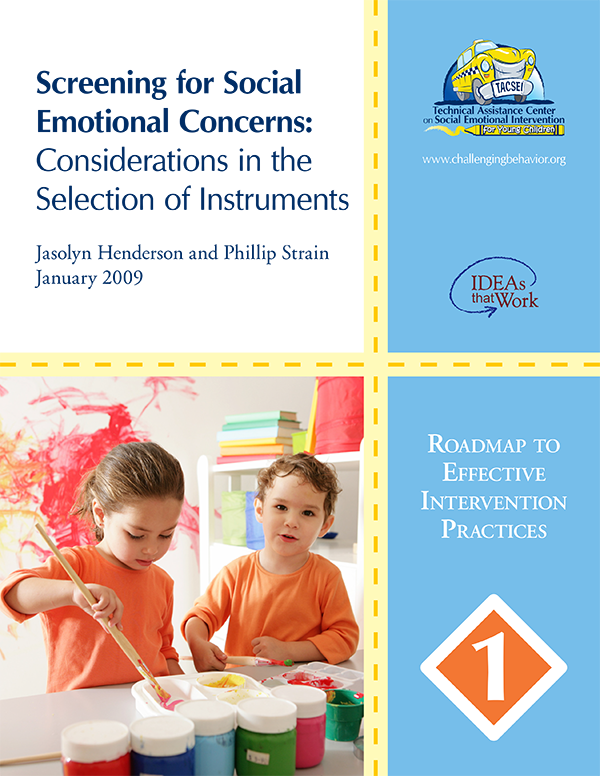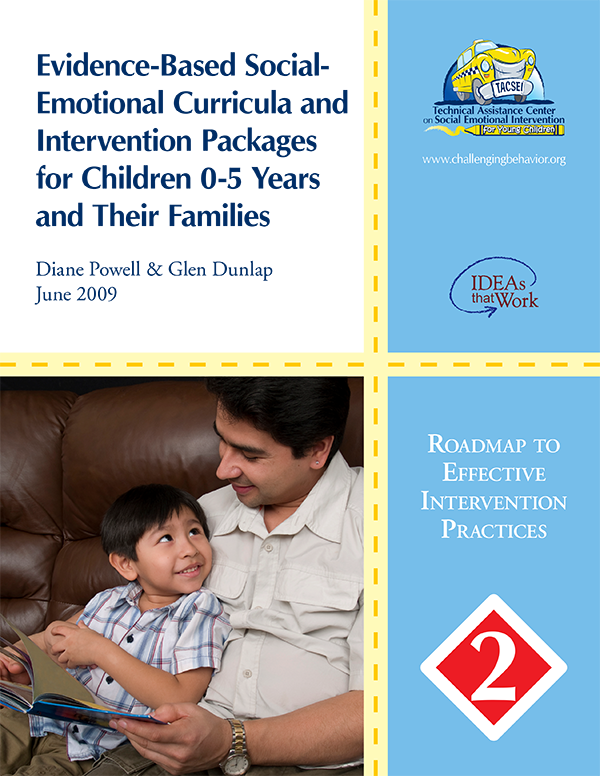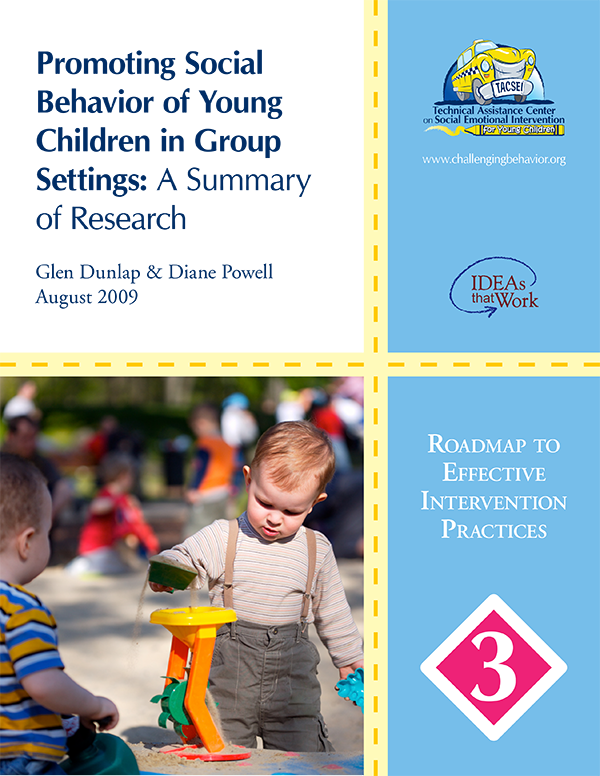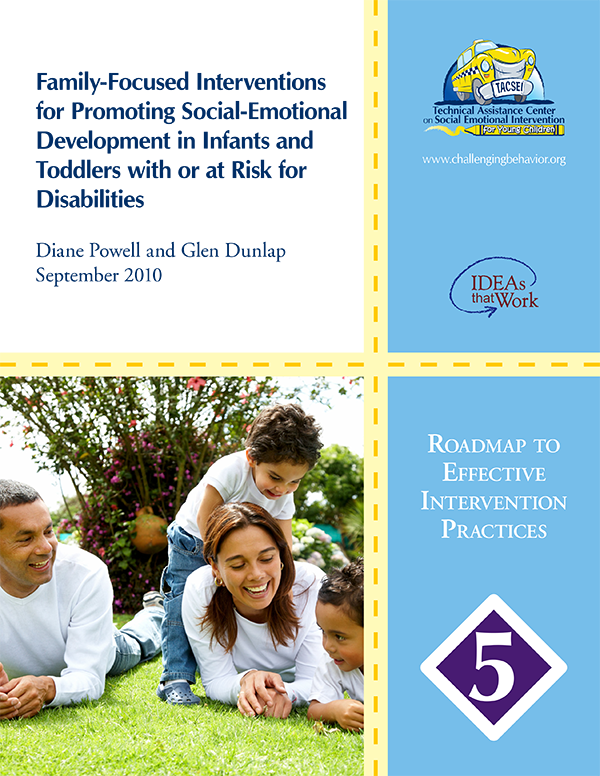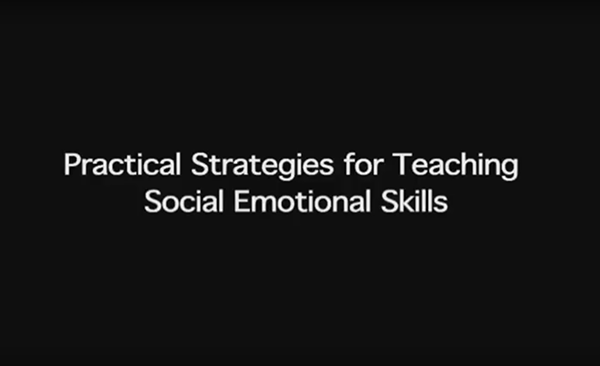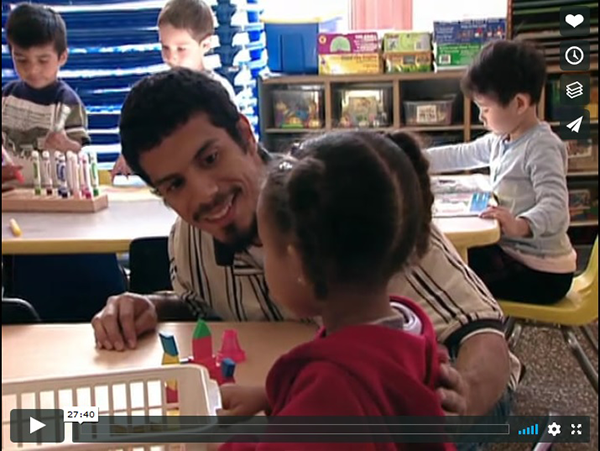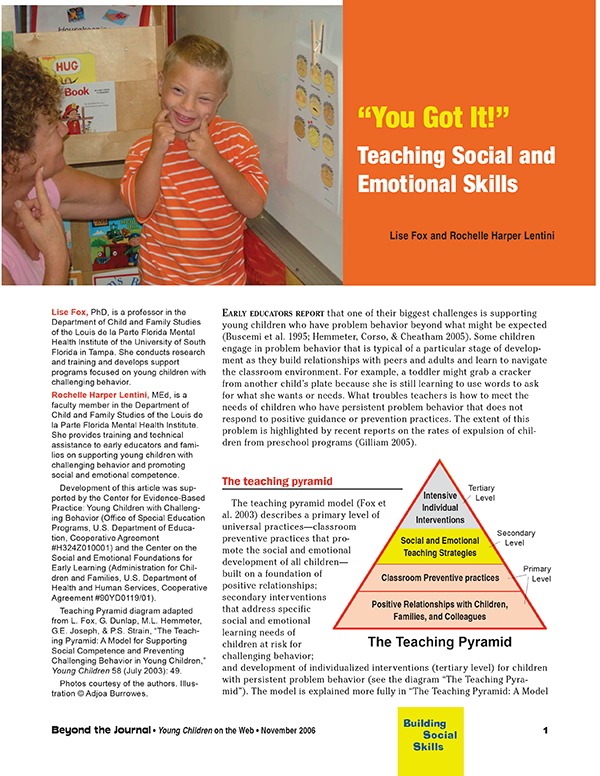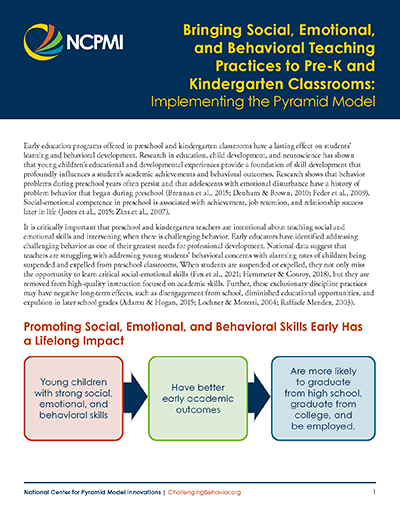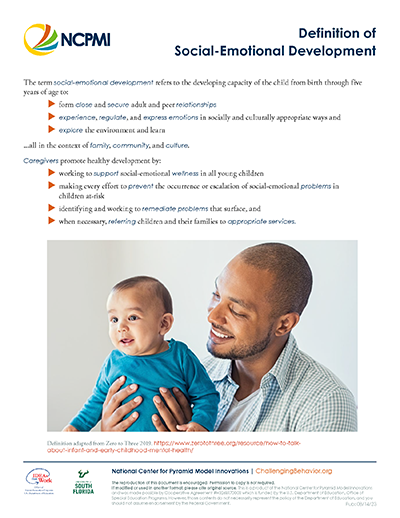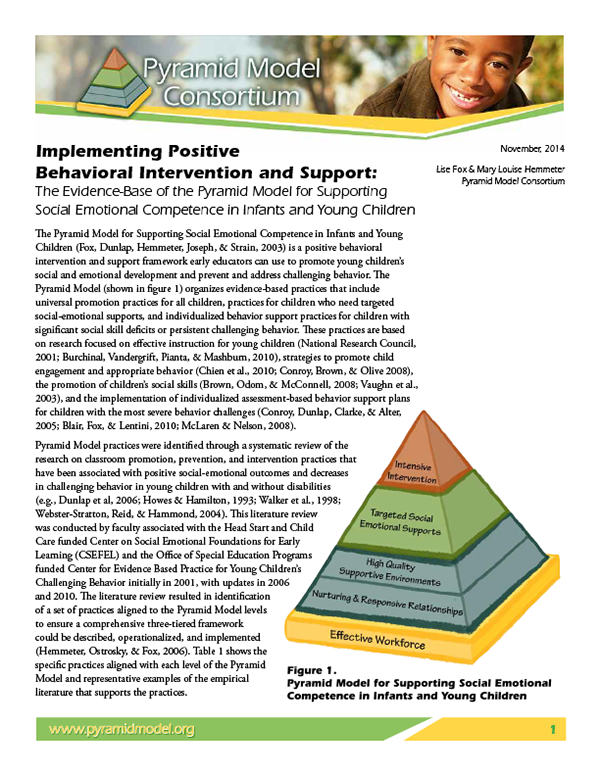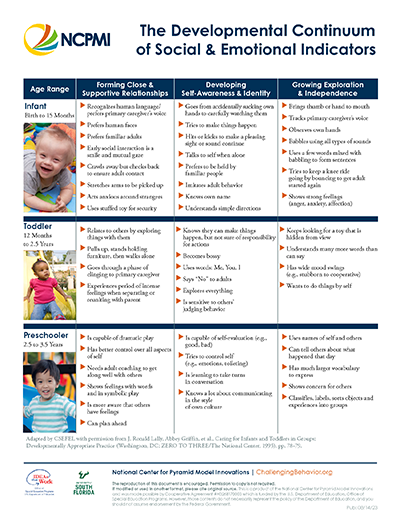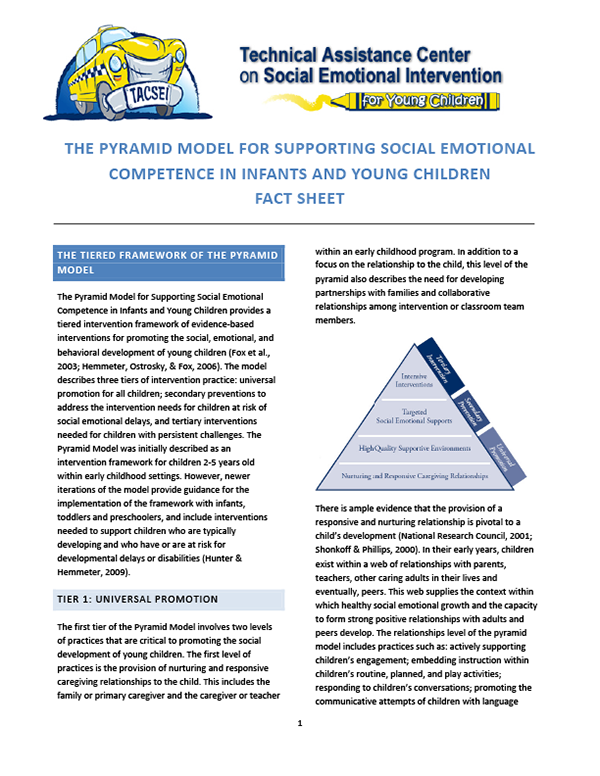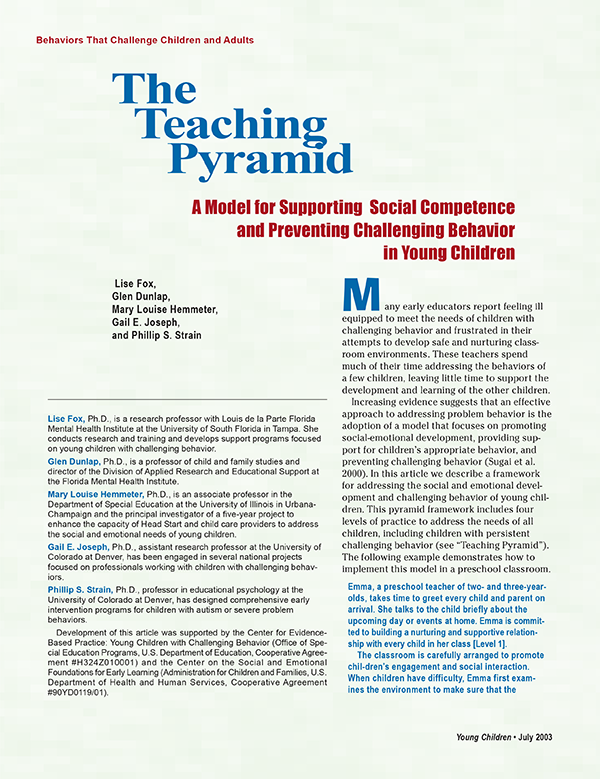
Pearson Early Learning Center Implements the Pyramid Model to Promote the Social, Emotional, and Behavioral Outcomes of All Children (Shakopee Public Schools | Shakopee, Minnesota)
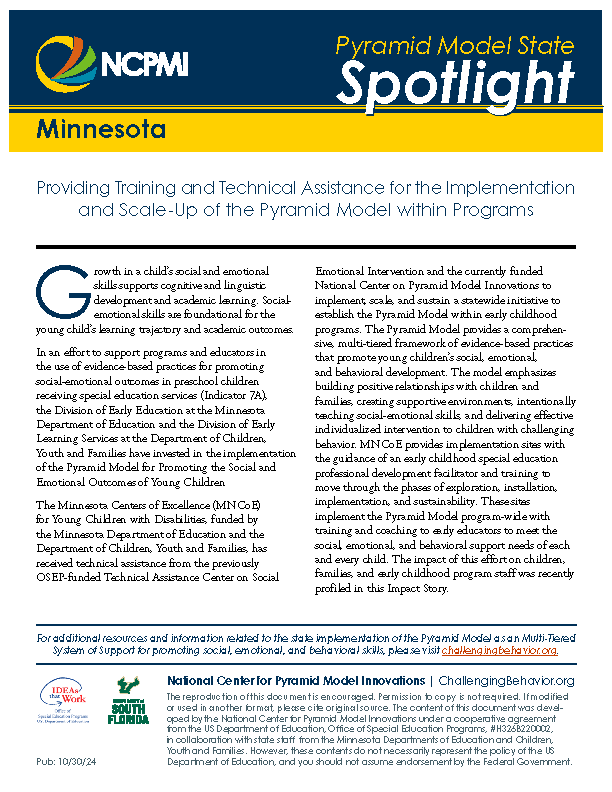
Pyramid Model State Spotlights provide a brief overview of how states are using the Pyramid Model to address state improvement and outcome priorities.
Created: 10/30/2024
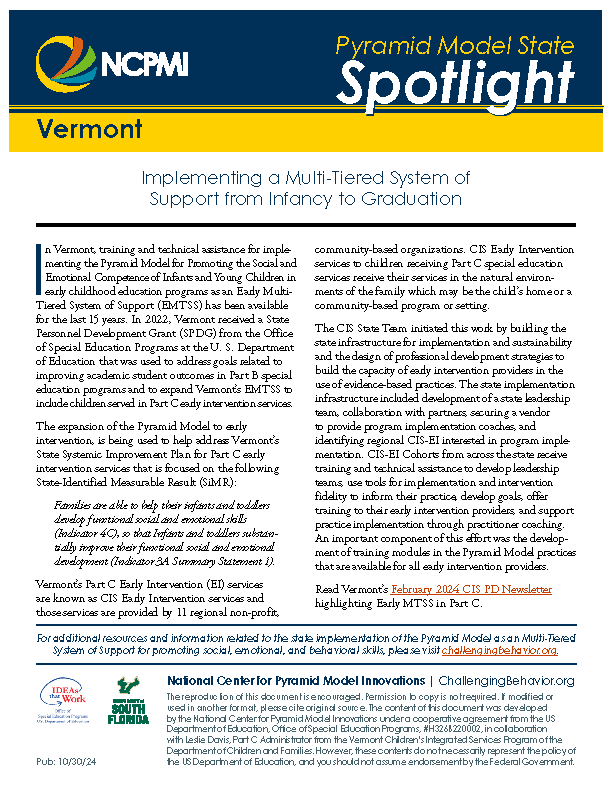
Pyramid Model State Spotlights provide a brief overview of how states are using the Pyramid Model to address state improvement and outcome priorities.
Created: 10/30/2024
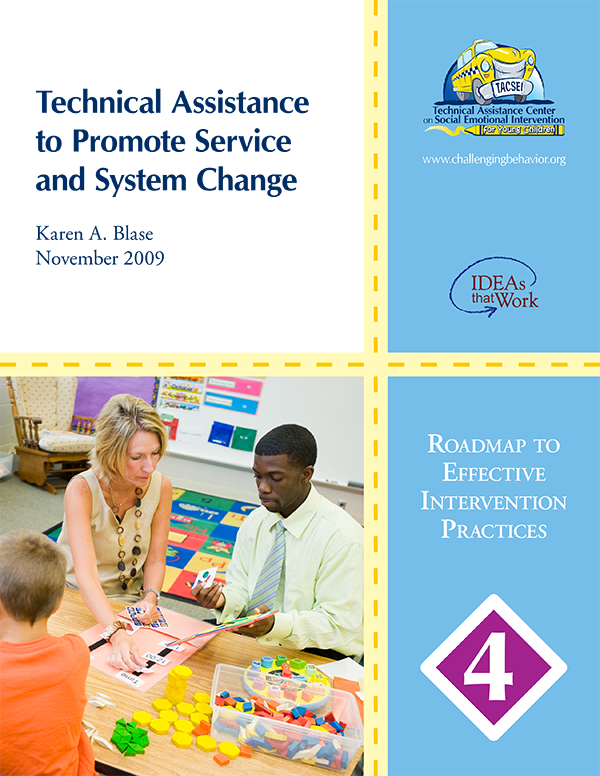
This Roadmap describes the types of TA that are most beneficial for achieving positive outcomes. It highlights TA strategies to initiate, implement, and sustain effective practice and systems change.
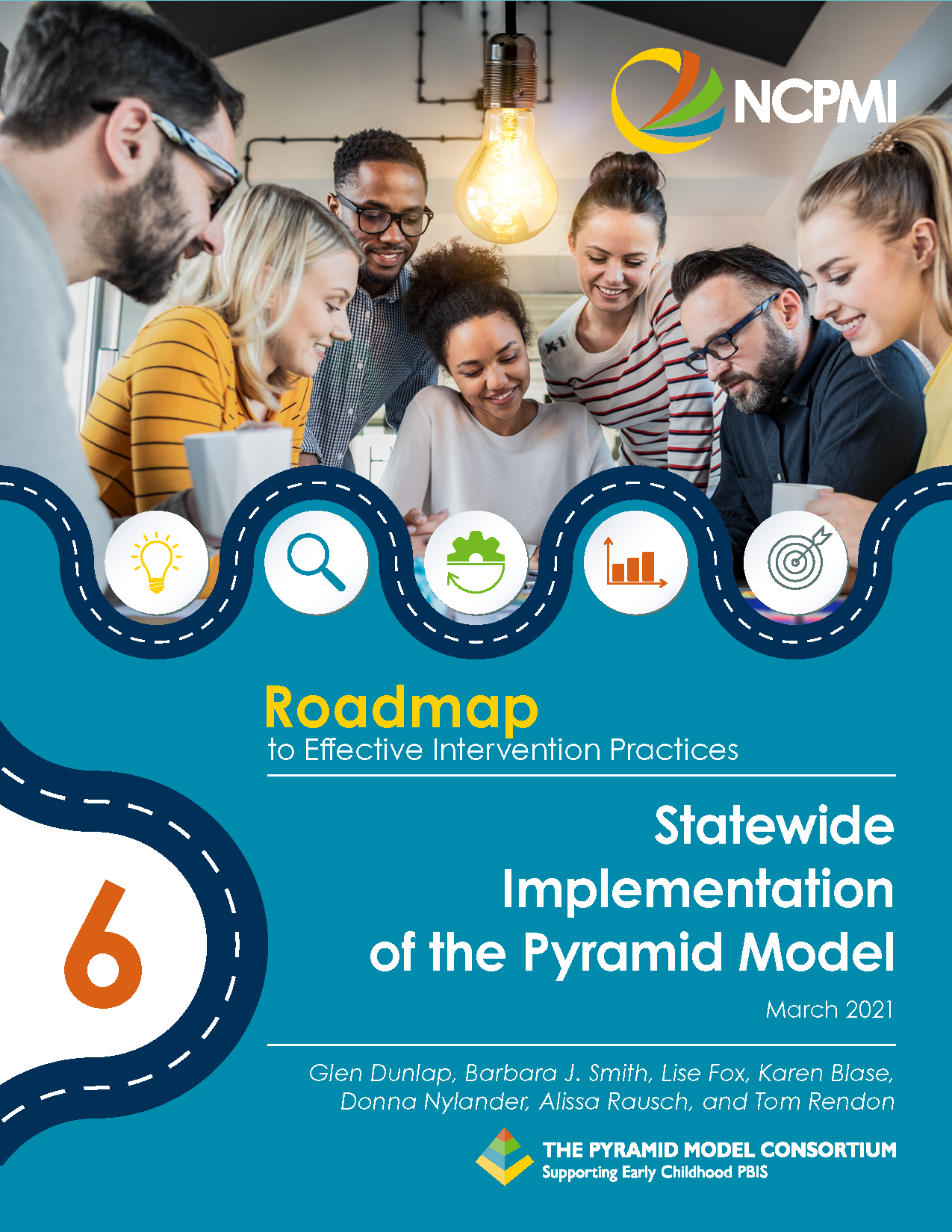
This Roadmap is a guide to implementing widespread use of the Pyramid Model.
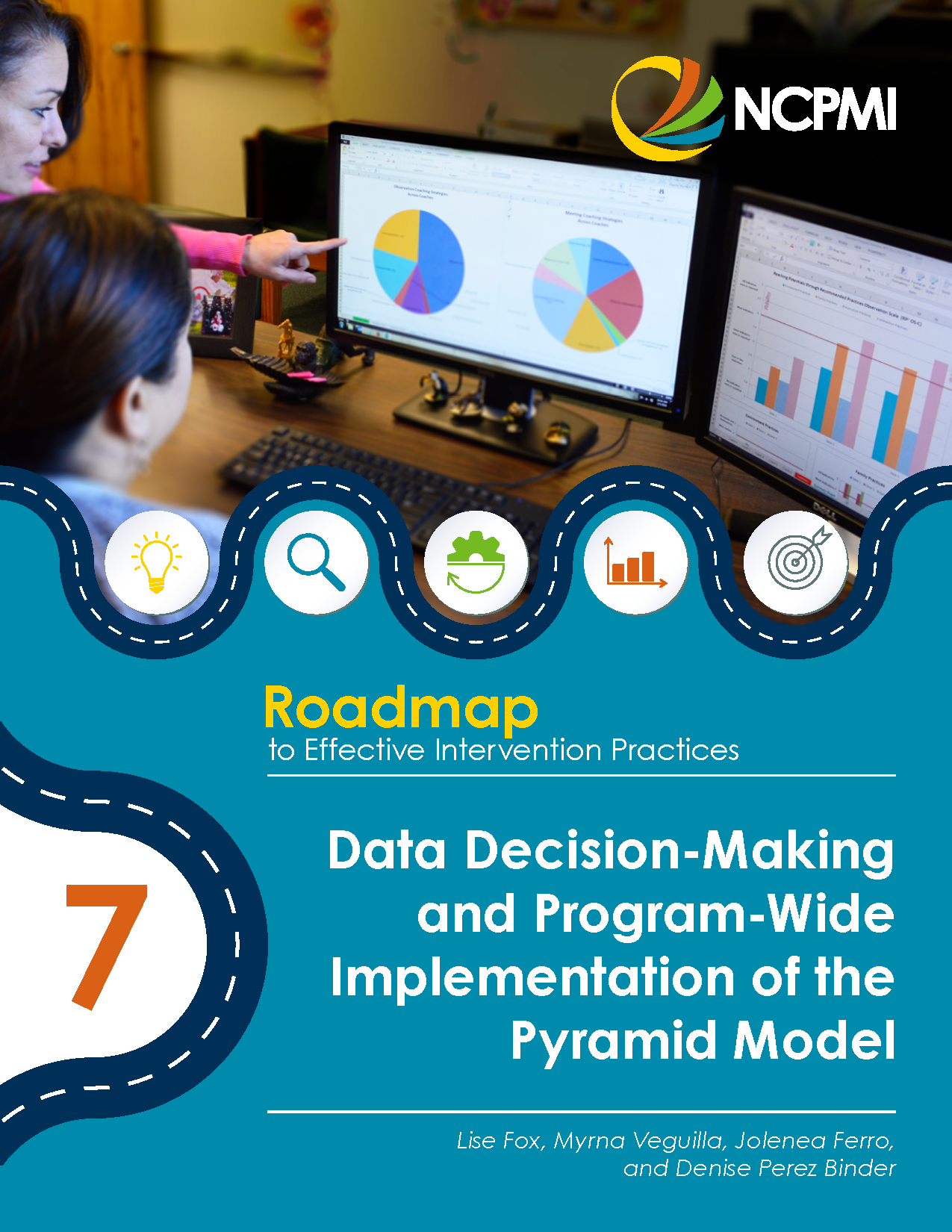
This Roadmap provides programs with guidance on how to collect and use data to ensure the implementation of the Pyramid Model with fidelity and decision-making that improves positive child outcomes.
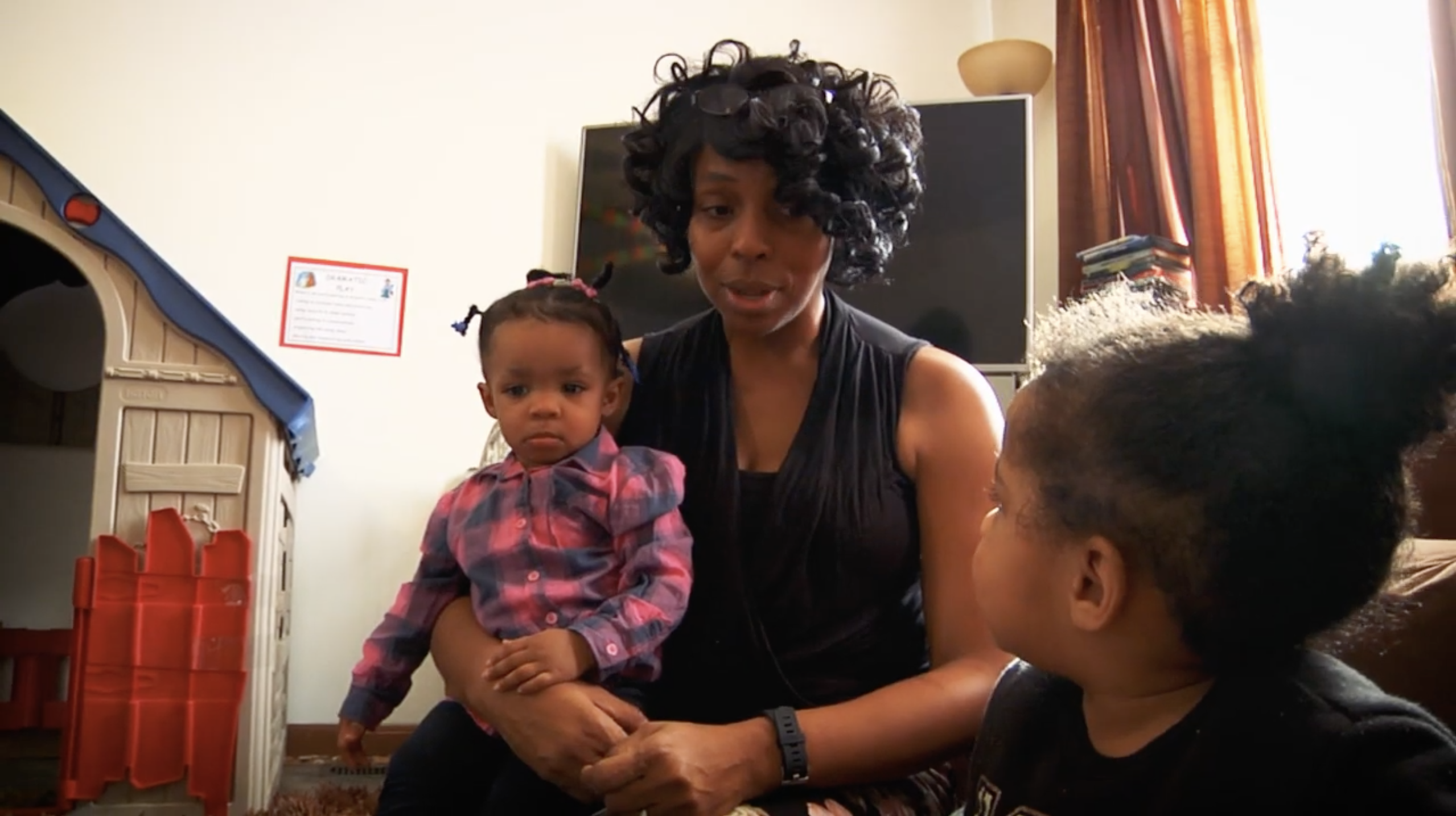
Learn about how the Pyramid Model is implemented in Family Child Care Homes. This brief video provides an introduction to the Pyramid Model tiers and practices.

Learn about how the Pyramid Model is implemented in Family Child Care Homes. This brief video provides an introduction to the Pyramid Model tiers and practices. (Turn on Spanish closed captions for translation of provider interviews.)

Pyramid Model Classroom Coach Raquel Lima describes children’s positive outcomes after implementing the Pyramid Model.

Pyramid Model Classroom Coach Raquel Lima describes children’s positive outcomes after implementing the Pyramid Model.

Pyramid Model Classroom Coach Raquel Lima describes positive outcomes for classroom teachers after Pyramid Model implementation.

Pyramid Model Classroom Coach Raquel Lima describes positive outcomes for classroom teachers after Pyramid Model implementation.
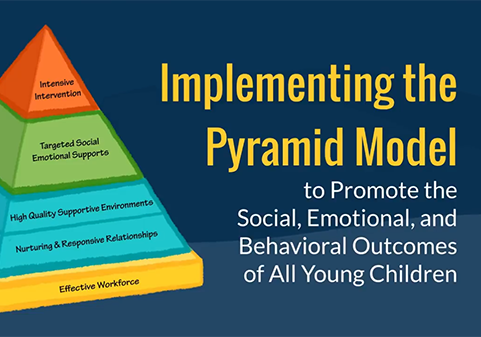
The Pyramid Model for Promoting Social Emotional Competence in Infants and Young Children (Pyramid Model) is a conceptual framework of evidence-based practices for promoting young children’s healthy social and emotional development. This video provides an overview of the structure and levels of support.

The Pyramid Model for Promoting Social Emotional Competence in Infants and Young Children (Pyramid Model) is a conceptual framework of evidence-based practices for promoting young children’s healthy social and emotional development. This video provides an overview of the structure and levels of support.

Dr. Marilyn Torley, Principal at Clifton Early Learning Academy gives a heartfelt explanation of what she is most proud of now that her program implements the Pyramid Model.

Dr. Marilyn Torley, Principal at Clifton Early Learning Academy gives a heartfelt explanation of what she is most proud of now that her program implements the Pyramid Model.
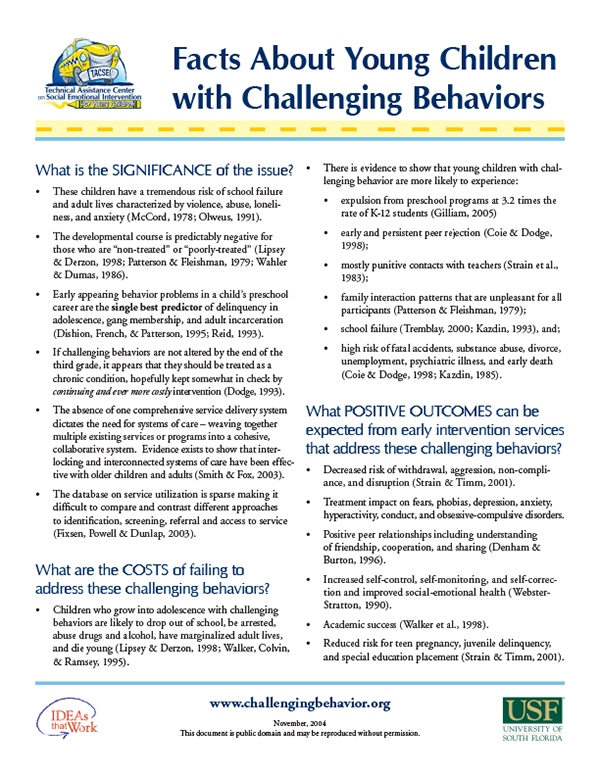
Young children with challenging behavior have a significant risk of continued problems, school failure, and social adjustment problems. This fact sheet provides a summary of the research on the significance of the issue, the social costs associated with young children who have challenging behavior, and the importance of early intervention.
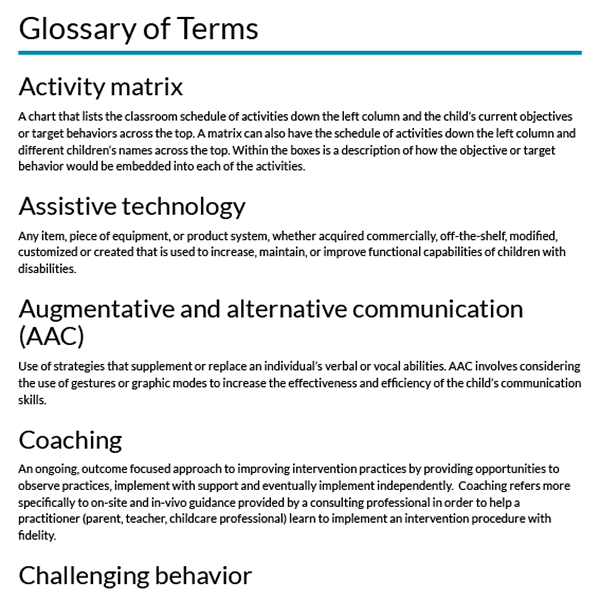
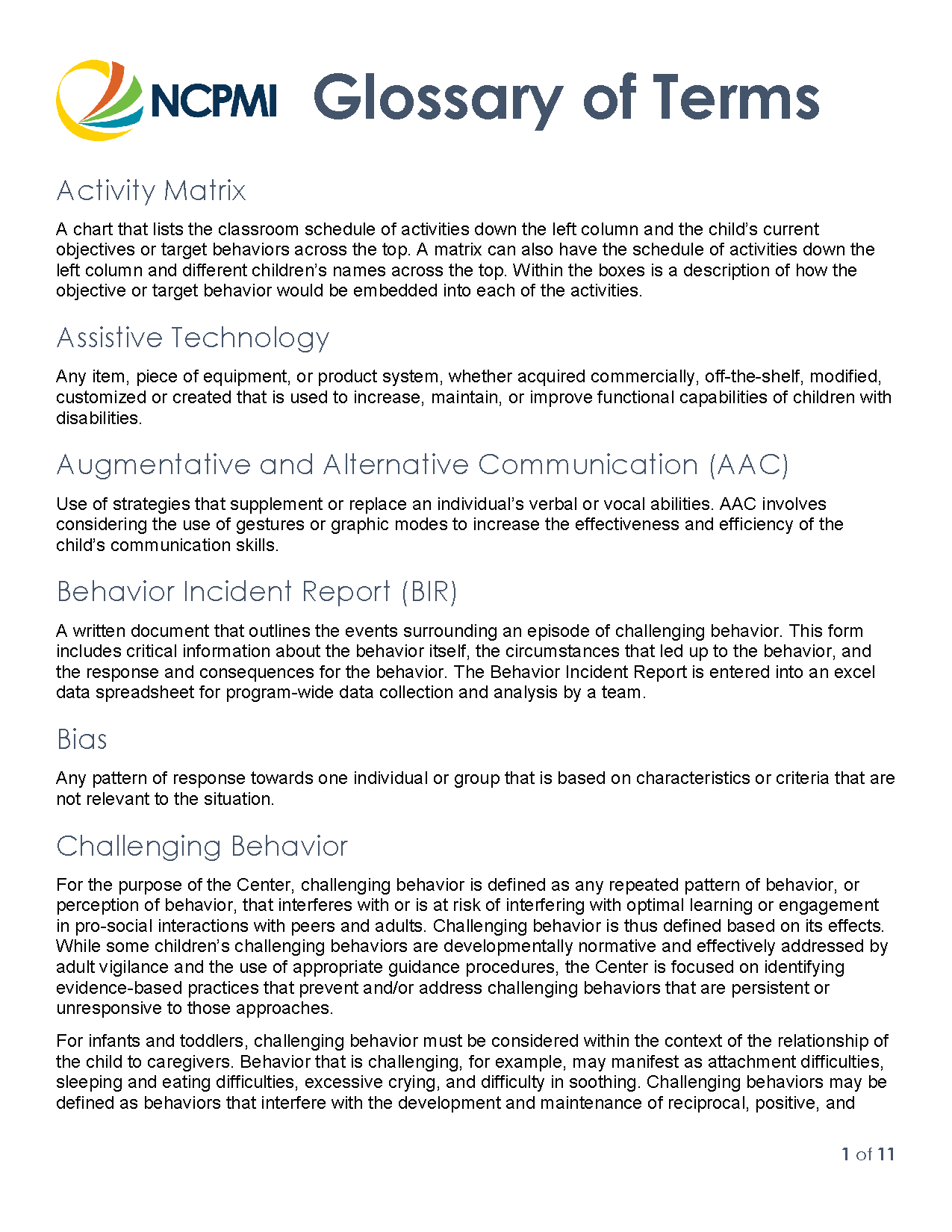
Glossary of terms used on web site
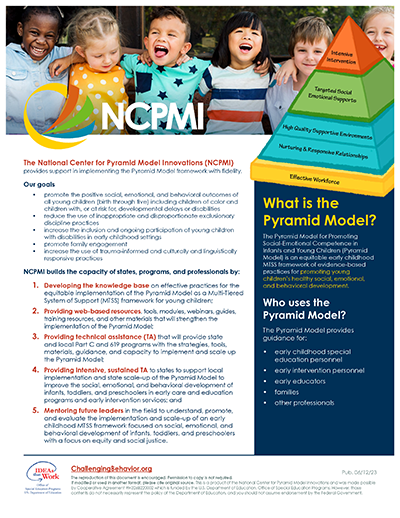
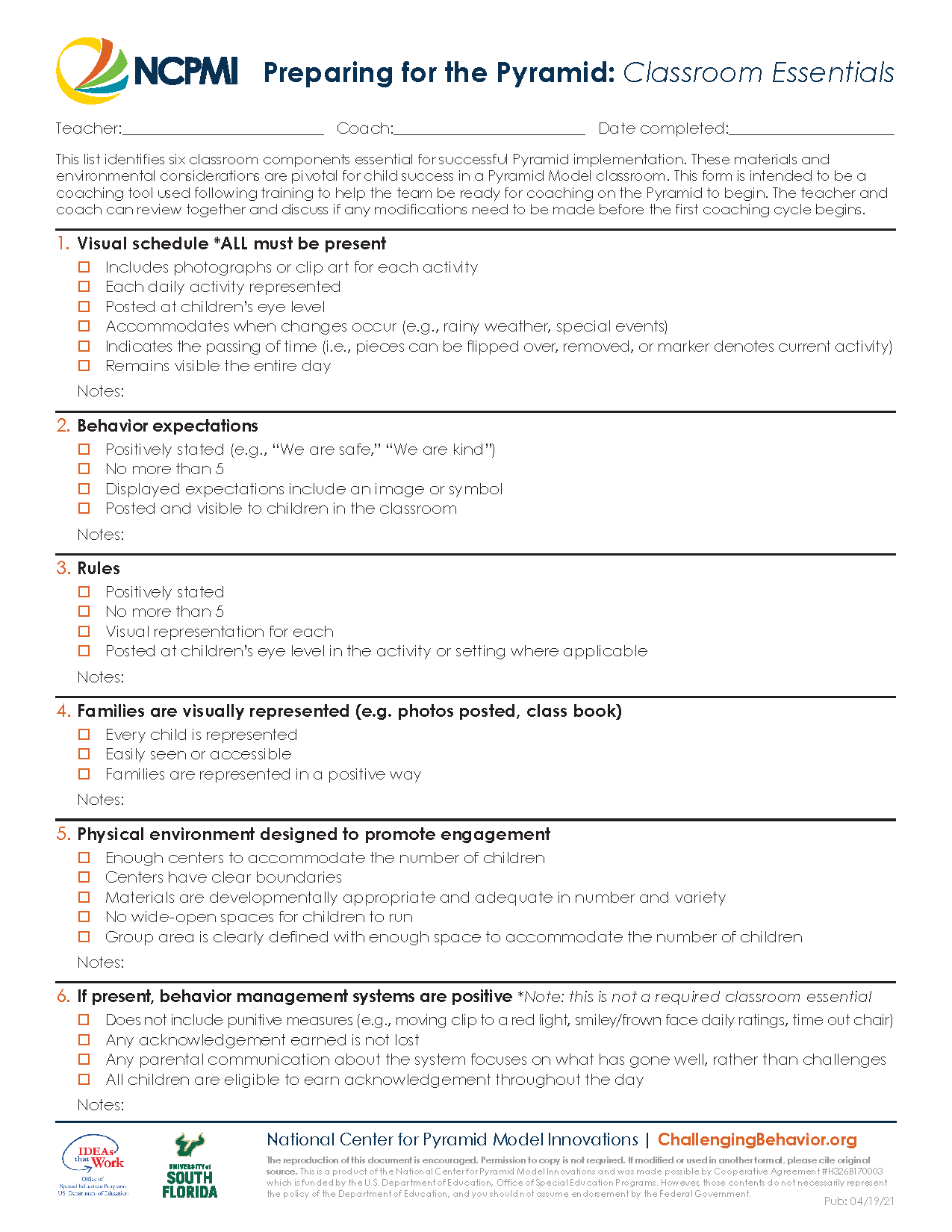
This list identifies five classroom components essential for successful Pyramid implementation. These materials and environmental considerations are pivotal for child success in a Pyramid Model classroom. This form is intended to be a coaching tool used following training to help the team be ready for coaching on the Pyramid to begin. The teacher and coach can review together and discuss if any modifications need to be made before the first coaching cycle begins.
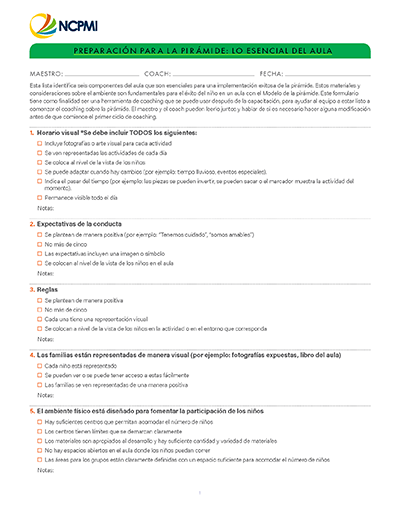
This list identifies five classroom components essential for successful Pyramid implementation. These materials and environmental considerations are pivotal for child success in a Pyramid Model classroom. This form is intended to be a coaching tool used following training to help the team be ready for coaching on the Pyramid to begin. The teacher and coach can review together and discuss if any modifications need to be made before the first coaching cycle begins.
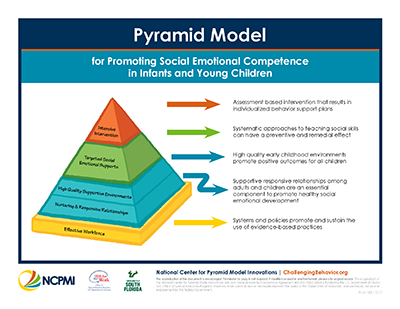
This Handout illustrates the various levels of the Pyramid Model in a format that is easy to print and ideal for distribution.
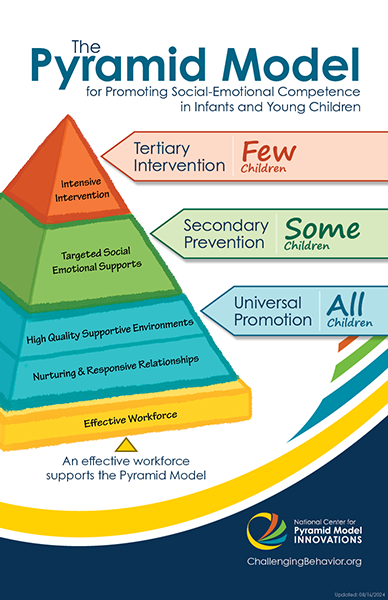
Print and post this poster in your classroom or program.
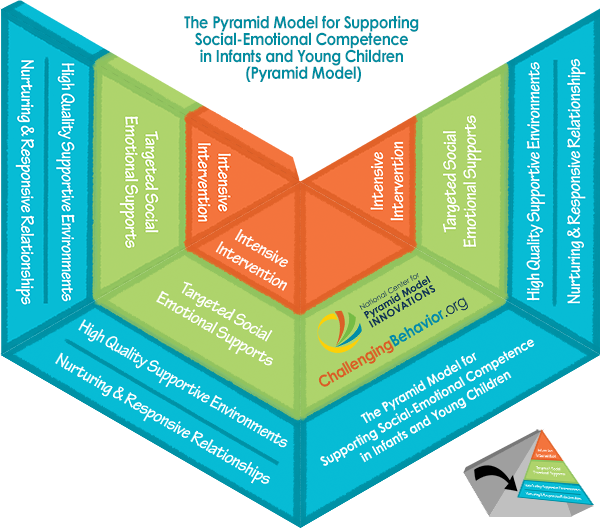
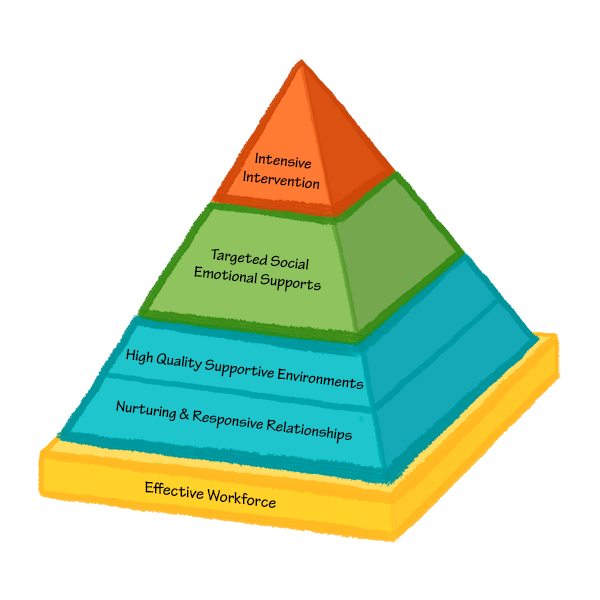
This image of the Pyramid Model framework can be used as a visual support, or incorporated into presentations, websites, and other materials for educational purposes.
Please cite the as follows:
Pyramid Model for Promoting Social and Emotional Competence in Infants and Young Children. From National Center for Pyramid Model Innovations at the University of South Florida, www.challengingbehavior.org. Reprinted with permission.
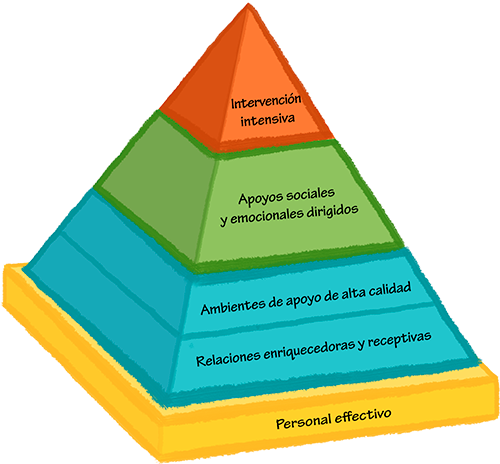
This image of the Pyramid Model framework can be used as a visual support, or incorporated into presentations, websites, and other materials for educational purposes.
Please cite the as follows:
Pyramid Model for Promoting Social and Emotional Competence in Infants and Young Children. From National Center for Pyramid Model Innovations at the University of South Florida, www.challengingbehavior.org. Reprinted with permission.
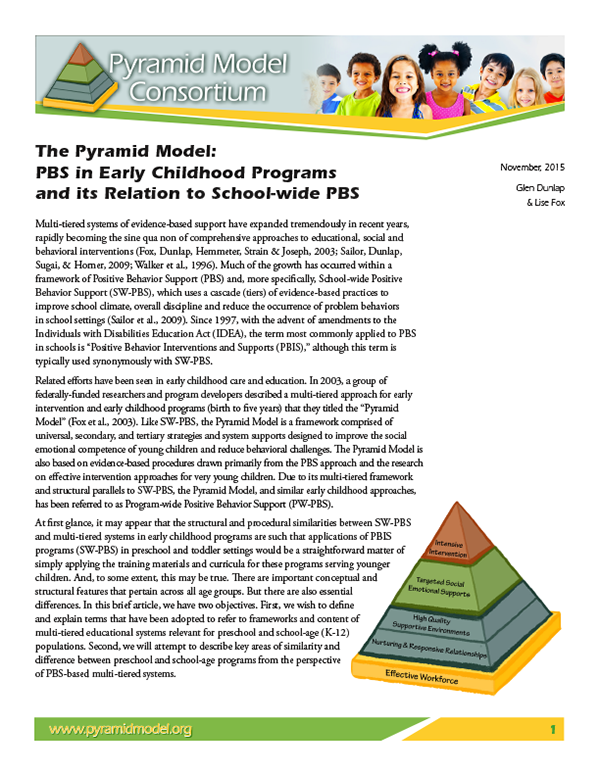
A brief article that defines and explains terms related to Positive Behavior Support (PBS), Positive Behavioral Interventions and Supports (PBIS), and the Pyramid Model and a discussion of the key areas of similarity and difference between preschool and school-age implementation of a PBS-based multi-tiered systems.


